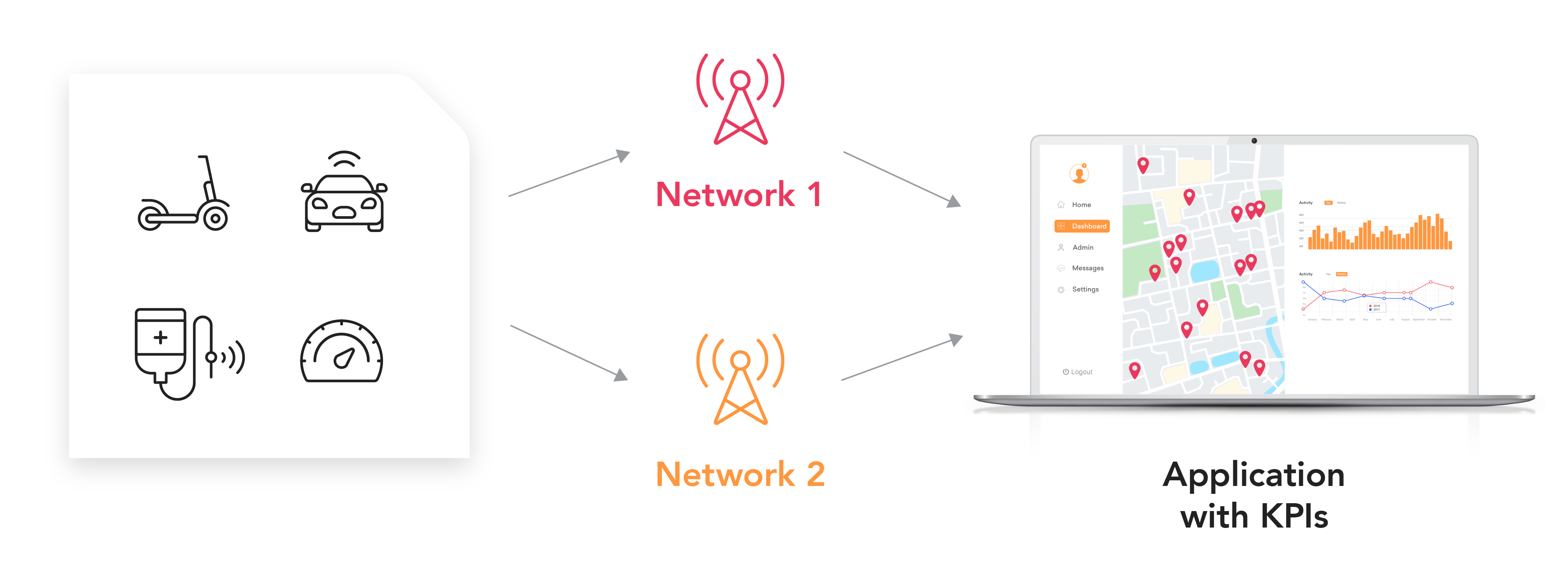Discussed: If a Company Goes Bust Who Pays Redundancy in the UK?
Discussed: If a Company Goes Bust Who Pays Redundancy in the UK?
Blog Article
Exploring the Operational Dynamics of Company Redundancy and Its Long-Term Sustainability

Redundancy Techniques for Organization Continuity
In order to make certain undisturbed procedures, businesses should carry out effective redundancy approaches for company connection. Redundancy in this context refers to the duplication of important elements or functions within a system to reduce the influence of possible failings. By integrating redundancy approaches, companies can enhance their resilience against disturbances caused by different variables such as all-natural catastrophes, devices failings, or cyber-attacks.
One typical redundancy approach is the implementation of back-up systems and information storage space options. This involves creating matches of important data and systems that can be triggered in situation of a main system failure. In addition, organizations can develop redundant interaction channels and source of power to maintain connection and operations during unforeseen events.
Furthermore, cross-training employees to do numerous functions within the firm can function as a useful redundancy technique. If essential workers are inaccessible due to disease or other factors, this makes certain that crucial jobs can still be lugged out also. In general, efficient redundancy approaches are vital for services to support operational connection and reduce the impact of possible disturbances.
Effect of Redundancy on Business Strength
Provided the vital function redundancy strategies play in ensuring service connection, discovering the impact of redundancy on business resilience comes to be important for understanding the holistic operational dynamics of a firm. Organizational strength describes an entity's ability to adjust to disruptions, recover from troubles, and change when needed while maintaining core functions. Redundancy, when tactically implemented, can dramatically contribute to enhancing an organization's durability despite unanticipated difficulties. By having back-up systems, employees, or procedures in place, firms can much better stand up to shocks and continue operations with minimal disruption.
Furthermore, redundancy can foster innovation and imagination within a company as workers really feel encouraged to take calculated dangers, knowing that there is a safety internet to sustain them in case of failing. Generally, the influence of redundancy on business strength is profound, shaping the lasting sustainability and success of a firm.
Stabilizing Performance and Versatility in Redundancy
Achieving a harmonious equilibrium in between operational performance and flexible flexibility is a critical obstacle in the critical implementation of redundancy within companies. Reliable operations are vital for preserving productivity and cost-effectiveness, guaranteeing that sources are used efficiently. Nonetheless, excessive focus on efficiency alone can lead to rigidness, making it difficult for organizations to adjust to unexpected changes or challenges. On the other hand, adaptability permits organizations to react nimbly to progressing situations, promoting technology and strength. Yet, way too much versatility without a solid operational structure can cause inefficiencies and incongruity.
To balance efficiency and adaptability in redundancy planning, organizations have to meticulously analyze their operational needs, market dynamics, and tactical goals. Carrying out lean methods can improve effectiveness by simplifying procedures and eliminating waste, while promoting a culture of versatility and constant enhancement can improve adaptability. Additionally, buying cross-training programs and durable interaction networks can aid cultivate a flexible labor force qualified of dealing with diverse tasks throughout periods of transition. Eventually, discovering the right balance between effectiveness and adaptability is essential for developing a sustainable and durable organization when faced with unpredictability.
Long-Term Sustainability With Redundancy Preparation
To make certain enduring viability and security, organizations need to tactically straighten their redundancy planning with long-lasting sustainability goals, consequently balancing operational effectiveness with adaptive adaptability. Long-lasting sustainability through redundancy preparation entails even more than simply short-term cost-cutting actions. It needs a comprehensive critical method that prepares for future challenges and chances. Firms must view redundancy not as a reactive remedy to instant troubles but as a positive strategy for lasting success. By incorporating redundancy preparation with check out this site sustainability objectives, organizations can develop a resistant framework that can stand up to numerous market fluctuations and interior modifications.

Aggressive Actions for Lasting Firm Operations
Exactly how can companies proactively enhance their operational sustainability for lasting success? his comment is here Carrying out positive procedures is vital for firms intending to ensure sustainable procedures.
Additionally, promoting a society of continuous improvement and understanding within the company can boost versatility to changing market problems and customer needs. Motivating employee involvement in decision-making procedures and offering opportunities for expert development can boost morale, productivity, and overall performance. Establishing clear goals, keeping an eye on vital performance indicators, and on a regular basis reviewing progress are important components of aggressive sustainability monitoring.
Working together with vendors, customers, and other stakeholders to advertise lasting techniques throughout the supply chain can create a ripple impact of favorable effect - redundancy pay if company goes bust. By taking proactive steps towards operational sustainability, companies can develop durability, drive technology, and secure their lasting success in an ever-evolving company landscape
Final Thought

In the realm of business monitoring, the tactical release of company redundancy stands as a pivotal yet complex method that demands a delicate balance in between functional efficiency and lasting practicality. By exploring the functional characteristics that underpin company redundancy and assessing its wider ramifications recommended you read for organizational strength and adaptability, a nuanced understanding of exactly how redundancy approaches can form the future trajectory of a company starts to unravel.Given the crucial role redundancy strategies play in making sure organization continuity, exploring the impact of redundancy on organizational durability becomes imperative for recognizing the holistic operational characteristics of a business. On the whole, the effect of redundancy on organizational resilience is extensive, shaping the long-lasting sustainability and success of a firm.
In conclusion, comprehending the operational characteristics of firm redundancy is crucial for ensuring long-term sustainability.
Report this page